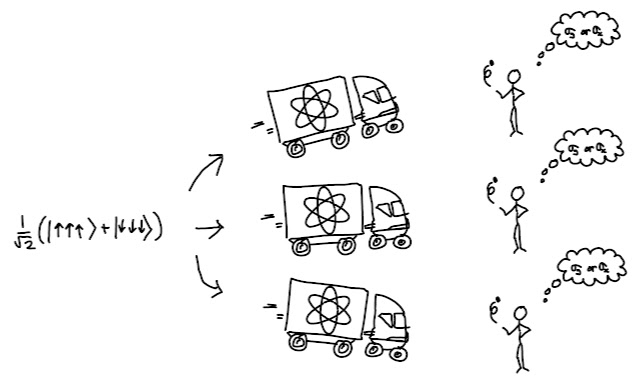Tides

Why is it tides are semi-diurnal ? That is, why do they occur every 12 hours when they are caused by the gravitational pull of a moon that we turn to face once a day? The straightforward answer is that water bulges out on both the side nearest and the side furthest from the moon. (We'll ignore the Sun for simplicity, but adding it in doesn't change anything.) The Earth rotates while the bulges remain in place, causing tides 12 hours apart. However, this doesn't explain why there should be two bulges. The reason becomes clear when you change the frame of reference. Instead of thinking about a frame in which both the moon and the Earth rotate, set the origin to be the centre of mass of the two objects, and choose a rotating frame in which the moon is stationary. In this frame there is a "fictional" centrifugal force of $\omega^2 r$ which combines with the gravitational force from the moon, $GM_{\text{moon}}/(r-r_{\text{moon}})^2$ The two forces match a...








